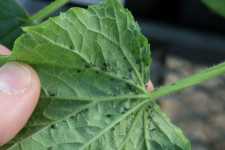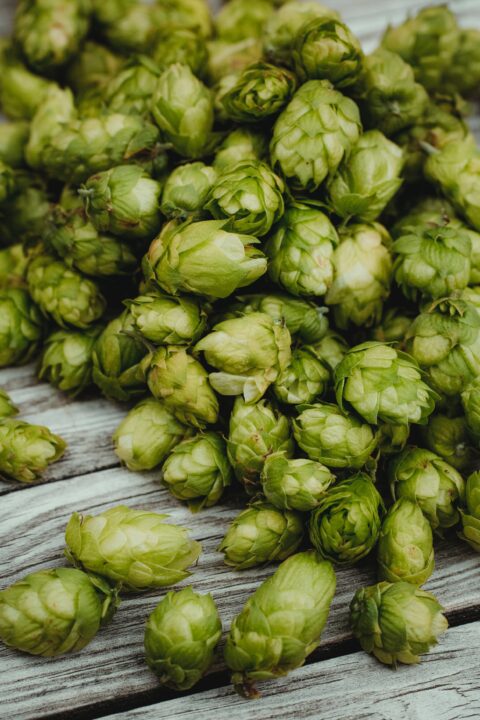USDA Scientists Map Out Key Protein In Vector-Borne Viruses

USDA scientists in Ithaca, NY, are collaborating on the development of a technology that could lead to new ways of disrupting how insects transmit viruses to crops.
Michelle Cilia and Stewart Gray at the Agricultural Research Service (ARS) Robert W. Holley Center for Agriculture and Health in Ithaca, and their colleagues James Bruce and Juan Chavez at the University of Washington, have mapped out the structure of an elusive protein that gives certain plant viruses the ability to travel from plants to insects, through the insects, and back into plants.
To move from plant to plant, some viruses, such as potato leafroll virus, need to stay in the infected plant’s phloem tissues so they can be ingested by a feeding aphid. Once inside the aphid, the virus must pass through the insect’s gut and salivary tissues before it can be passed into another plant by the aphid.
To complete that journey, viruses need to assemble into larger packages known as virions. Each virus species is very particular and can only be transmitted by a few species of aphids. The researchers believe the outside shape or topology of the virion plays a major role in that specificity, determining whether a virus will move through the aphid and infect a plant.
A minor structural protein of these viruses that extends from the shell of the virion is instrumental in guiding the virion on its journey through the insect and through the plant. But until now, there has been no information about these structural proteins, and such information is crucial to developing new ways of disrupting how they work.
In tests with potato leafroll virus, the researchers used protein interaction reporter (PIR) technology, a tool developed in Bruce’s lab to study protein interactions. Researchers there developed a unique set of chemical compounds, or PIR cross-linkers, which could interact with the structural proteins, allowing scientists to capture a molecular snapshot of them.
Coupled to high-resolution mass spectrometry, the advanced molecular design of the PIR cross-linkers also allowed the scientists to visualize critical topological features of the virion for the first time. The results, described in a paper in the Journal of Proteome Research, represent a new technology that can take measurements of insect and plant-virus protein interactions in living cells.
The researchers have so far focused on luteoviruses spread by aphids. But the technology could one day be used to study other insect-transmitted plant viruses and animal-infecting viruses now difficult to study with traditional methods.
Read more about this research, in the April 2013 issue of Agricultural Research magazine or click here.









